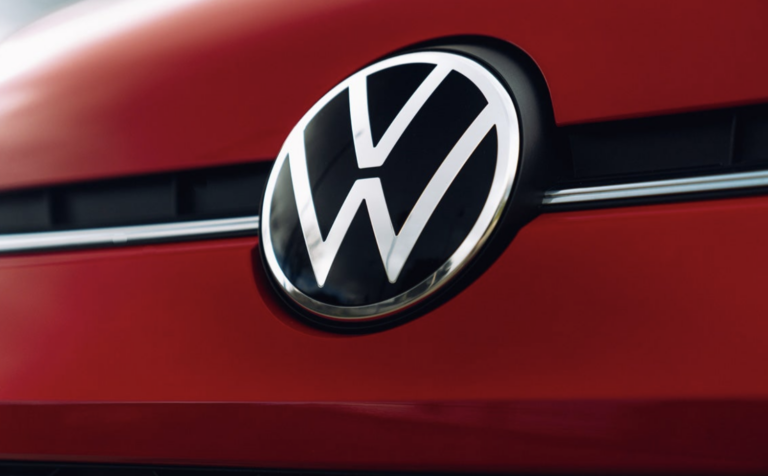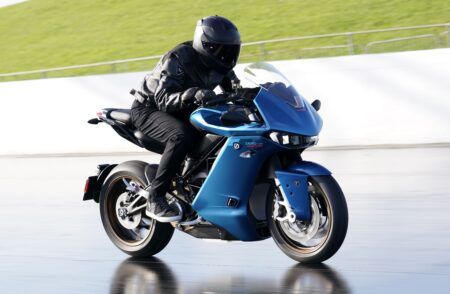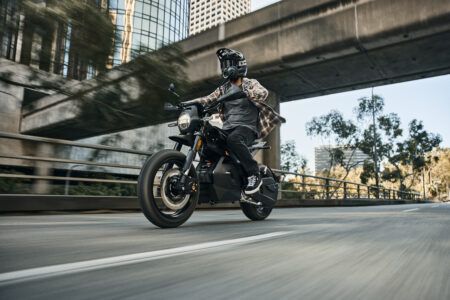An interesting point raised during Volkswagen’s recent Power Day referred to their long-term strategy of employing high-manganese cathodes for their ‘volume segment’ – a prominent role for a chemistry not currently in widespread use.
Improvements to energy density are unlikely using high-manganese cathodes, with motivation for developing these materials instead stemming from a desire to reduce cost and eliminate cobalt consumption. But what does ‘high-manganese’ refer to, and how do they compare to other cathode materials?
‘High-manganese’ cathodes could refer to several different materials, and so it is unclear as to the specific material Volkswagen were referring to. The options for high-manganese cathodes include LMO (lithium-manganese oxide), LNMO (lithium-nickel-manganese oxide), Li-Mn-rich (also abbreviated as LMR-NMC), and LMP (lithium manganese phosphate) or LMFP (lithium-manganese-iron phosphate). A comparison between NMC 811 and three high-manganese cathodes (LMFP, Li-Mn-rich, LNMO) shows that trade-offs in performance are always involved. Delving deeper into each option can help provide some insight into what specific material might be being developed for use.
Comparison between NMC 811 and three high-manganese cathodes (LMFP, Li-Mn-rich, LNMO). Source: IDTechEx
LMO (LiMn2O4) – firstly, commercially available high-manganese cathodes already exist in the form of the lithium-manganese oxide spinel, which was used for the 1st generation Nissan Leaf cars. However, it suffers from accelerated degradation at elevated temperatures, which leads to poor cycle life, hence the replacement of LMO with NMC in subsequent Nissan Leaf generations. With a theoretical capacity of only 148 mAh/g and an average discharge voltage of approximately 4.0-4.1 V, this cathode would lead to lower energy densities compared to cells using current state-of-the-art NMC or NCA layered oxides.
LMP (LiMnPO4) and LMFP (LiMnxFe1-xPO4) – LMP shares the same olivine crystal structure as LFP but operates at a more positive voltage, increasing energy density. Cycle life tends to be low, due to the high manganese content, while the material has poor electronic and ionic conductivity, meaning that reasonable capacities are generally only measured at low charge/discharge rates. The addition of Fe to form LMFP can improve conductivity and cycle life but lowers the average voltage. LMFP may bridge the gap between LFP and NMC/NCA but the reversible capacities of LMP and LMFP are too low to reach the cell-level energy densities of cells using NMC/NCA.
Li-Mn-rich (xLi2MnO3·(1 – x)LiMO3 where M = Ni, Mn, Co) – the lithium-manganese rich, layered-oxide cathode is one of only a few options, alongside conversion type cathodes, that offer a capacity improvement over current state-of-the-art NMC and NCA materials. However, stability and cycle life are poor and require considerable improvement before commercialization can be expected. BASF’s high manganese cathode, NCM 217, may refer to a Li-Mn-rich type material.
This leaves LNMO as the most likely cathode VW were referring to. The high-voltage LNMO spinel (LiNi0.5Mn1.5O4) operates at a voltage of approximately 4.7 V vs. Li/Li+ and also holds potential as a high-power cathode due to its three-dimensional structure (improving Li diffusion pathways). However, its theoretical specific capacity is only 147 mAh/g, meaning it will not offer any advantage to specific energy or energy density over high-Ni NMC or NCA cathodes.
Furthermore, key issues with LNMO revolve around its low cycle life and poor stability, especially at elevated temperatures, whilst its high voltage also necessitates developments to electrolytes. As outlined by Volkswagen themselves, the use of high-manganese cathodes represents a long-term strategy.
Nevertheless, there is some commercial development of LNMO from the likes of Haldor Topsoe, NEI Corporation, and Targray. The potential for cost reduction that the material holds, without significantly reducing energy density, added to the possibility of eliminating cobalt consumption, suggests there is a future for this chemistry. The graph below shows how both nickel and cobalt intensity can be reduced by high manganese cathodes such as LNMO, offering a path to lower Li-ion battery costs.
Material intensity of key metals (kg/kWH). Source: IDTechEx
Given the trade-off between cost and different performance metrics from different Li-ion cathodes, a range of cathode materials will have to be employed by the Li-ion industry. Further detail and analysis of Li-ion technology trends, and their impact on battery material demand forecasts, can be explored in IDTechEx’s reports “Li-ion Batteries 2020-2030” and “Materials for Electric Vehicle Battery Cells and Packs 2021-2031” or via an IDTechEx Market Intelligence Subscription.





